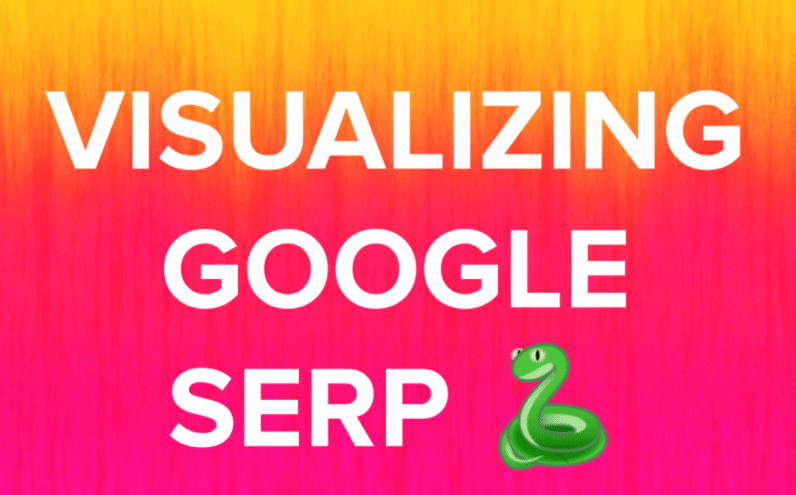SERP Analysis with the help of AI

Published on Wordlift April 23, 2020 (Andrea Volpini)
These are parts of the article that cites Jason Barnard’s work:
Falling down the rabbit hole
It all started when Jason Barnard and I started to chat about E-A-T and what technique marketers could use to “read and visualize” Brand SERPs. Jason is a brilliant mind and has a profound understanding of Google’s algorithms, he has been studying, tracking and analyzing Brand SERPs since 2013. While Brand SERPs are a category on their own the process of interpreting search results remains the same whether you are comparing the personal brands of “Andrea Volpini” and “Jason Barnard” or analyzing the different shades of meaning between “making homemade pizza” and “make pizza at home”.
Hands-on with SERP analysis
In this pytude (simple python program) as Peter Norvig would call it, the plan goes as follow:
- we will crawl Google’s top (10-15-20) results and extract the text behind each webpage,
- we will look at the terms and the concepts of the corpus of text resulting from the download, parsing, and scraping of web page data (main body text) of all the results together,
- we will then compare two queries “Jason Barnard” and “Andrea Volpini” in our example and we will visualize the most frequent terms for each query within the same semantic space,
- After that we will focus on “Jason Barnard” in order to understand the terms that make the top 3 results unique from all the other results,
- Finally using a sequence-to-sequence model we will summarize all the top results for Jason in a featured snippet like text (this is indeed impressive),
- At last we will build a question-answering model on top of the corpus of text related to “Jason Barnard” to see what facts we can extract from these pages that can extend or validate information in Google’s knowledge graph.
Visualizing term associations in two Brand SERPs
In the scatter plot below we have on the y-axis the category “Jason Barnard” (our first query), and on the x-axis the category for “Andrea Volpini”. On the top right corner of the chart we can see the most frequent terms on both SERPs – the semantic junctions between Jason and myself according to Google.
Let’s it in action on Jason’s results. Here is where the fun begins. Since I was working with Jason Barnard a.k.a the Brand SERP Guy, Jason was able to update his own Brand SERP as if Google was his own CMS 😜and we could immediately see from the summary how these changes where impacting what Google was indexing.






